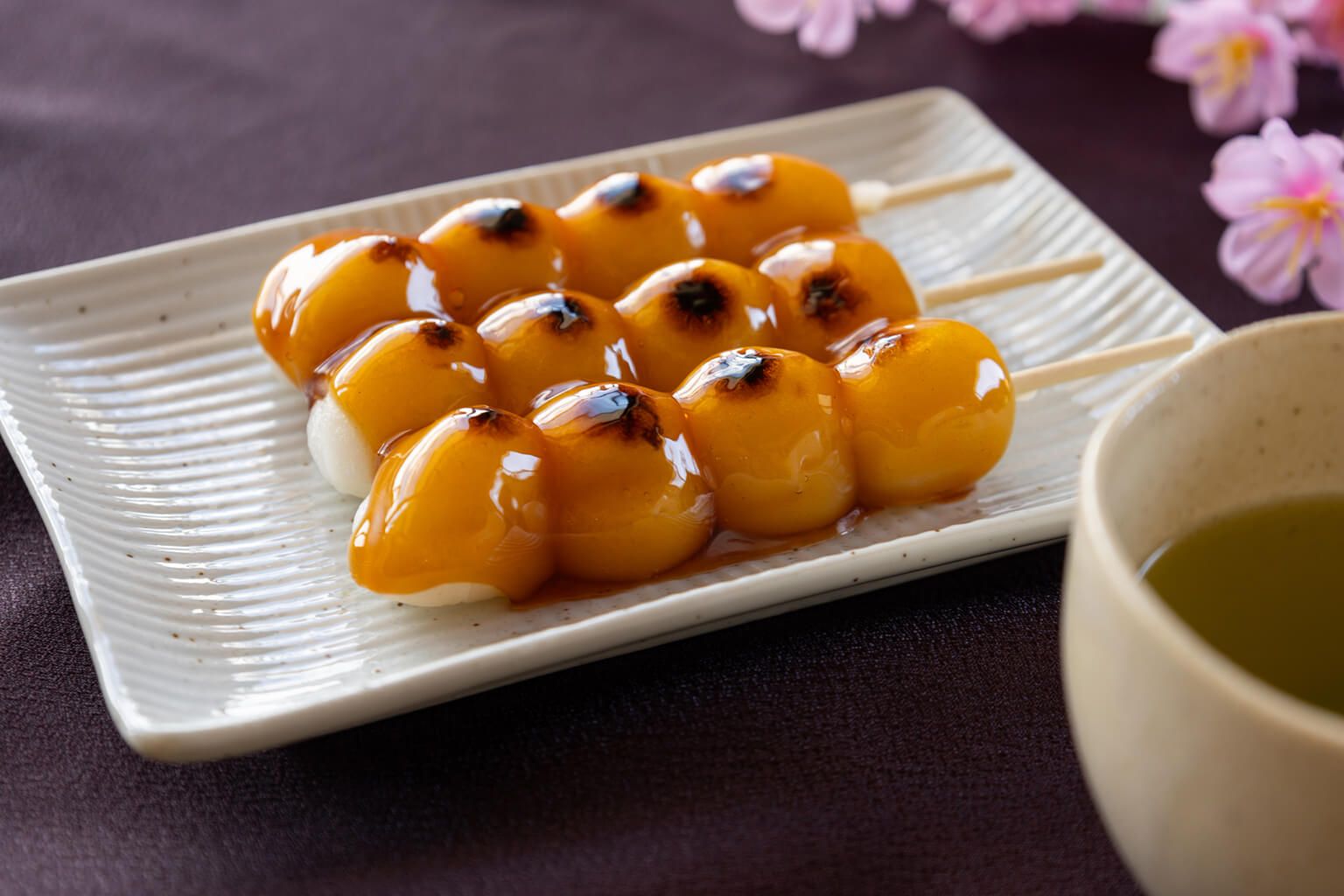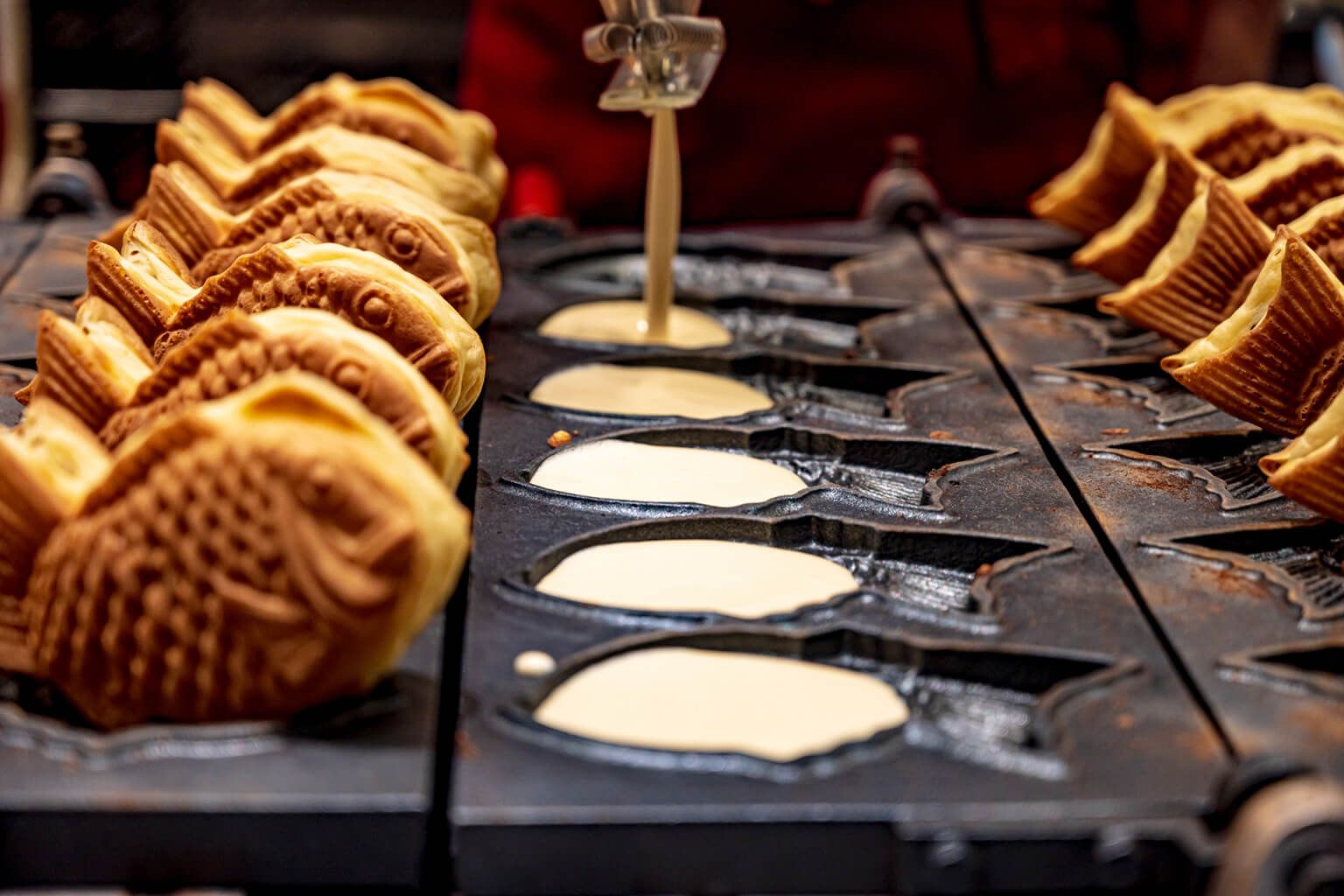With a rich history spanning over 350 years, Otokoyama treasures its traditions and historical significance — but it also embraces the frontier spirit, which is deeply ingrained in Hokkaido prefecture.
“Otokoyama as a brand has a long history,” says Goro Yamazaki, fifth-generation president of Otokoyama, “but as a brewery, we are still very young. We’re in Hokkaido, a newer region of Japan. This allows us to take on new challenges. We are always looking to try new things.”
Hokkaido prefecture, the northernmost island of Japan, was one of the last places in the country to be settled. In the mid-to-late 19th century, pioneers took to Japan’s northern frontier, and Yamazaki Brewing Company, the brewery that would later take on the name and tradition of Otokoyama, was among the settlers. Yamazaki Brewing Company first began making sake in Sapporo, the present-day capital of Hokkaido prefecture, but in 1887 relocated to Asahikawa, a city near Mount Daisetsu, a mountain that is snow-capped year-round.
“A new self-defense force base was to be built [in Asahikawa], and there were plans on building a city around it. So, excited sake brewers, soy sauce makers and miso makers moved to help create the city,” Yamazaki explains. “And we are the oldest company based in Asahikawa. Asahikawa just happened to be located in the cold with a good source of water [from Mount Daisetsu], which made the location a great fit for sake making.”
As Yamazaki mentions, the brand of Otokoyama has a much longer history than the Hokkaido settlement. Originally founded in Itami, Hyogo prefecture, sometime between 1661 and 1673 — no one knows the exact year for sure — Otokoyama has been depicted in artworks by some of Japan’s most famous “ukiyoe” artists, such as Kitagawa Utamaro, Utagawa Hiroshige and Utagawa Kuniyoshi. In 1733, it was selected as a “gomenshu,” the highest rank given to sake by the Tokugawa shogunate.
However, by the turn of the 19th century, sake made in Nada — a port town in Hyogo prefecture — rose in popularity and took over the sake scene. This Nada sake boom eventually forced Otokoyama out of business around the beginning of the Meiji period (1868-1912). Fast forward to 1968: Yokichi Yamazaki, the third president of Yamazaki Brewing Company, visited Itami to meet with the descendants of the Yamamoto family, the original owners of Otokoyama. After nearly a century, the name and traditions of Otokoyama were officially passed on to the Yamazaki family of Asahikawa.
“I definitely feel the weight and responsibility of taking on Otokoyama’s name,” says Yamazaki. “It makes me feel like we need to continue to do this right.”
To carry on the enduring taste and heritage of Otokoyama, Yamazaki emphasizes two core principles. The first is maintaining the quality of sake and providing the same consistent taste every year.
“We make sure to produce top-quality sake. No compromises are made when it comes to this. We tell the ‘toji’ (brewmaster) to first and foremost make good-tasting sake, but also to brew sake that tastes the same every year. … Of course, the more delicious the better, but we believe that brewing different-tasting sake from year to year would only hurt our brand.”
Secondly, Yamazaki stresses the importance of and dedication to preserving the rich history and legacy of Otokoyama for future generations.
“We have the Otokoyama Sake Brewery Museum here at the brewery that displays important historical documents, ukiyoe woodblock paintings depicting our sake, and more. We operate this facility to tell the history and culture of sake as well.”
On the other hand, Yamazaki also emphasizes the importance of trying new things and pursuing new challenges. Since assuming the Otokoyama brand in 1968, the brewery has always been a pioneer of the sake industry. In 1977, Otokoyama became the first sake in the world to win the Monde Selection Award, and was one of the first breweries to begin exporting sake internationally, starting in 1984.
Their new challenges include creating new products using Hokkaido-grown rice, which has gained attention in recent years as rising temperatures related to climate change have made the area more conducive to sake rice farming.
“We use rice made in Honshu for the sake that we have been making for years. But we have been using [rice grown in Hokkaido] for some of our new products. … Rather than changing the rice varieties used in our current lineup to those grown in Hokkaido, we prefer to make new products that utilize and make the best of Hokkaido’s rice,” notes Yamazaki. “I think of Hokkaido’s rice to feature notes of milk, and is very gentle on the palate.”
But perhaps their most ambitious and exciting new challenge is the brewery’s plans to rebuild its Sake Brewery Museum and the surrounding area into “Sake Park,” which is set to open in summer or autumn of 2024.
“We don’t want to just pursue sake, but look at things in a bigger scope,” Yamazaki highlights. “Right now, our brewery is only appealing to sake enthusiasts. We want to build a brewery that is fun for everyone to visit. This is why we are planning to open Sake Park by the summer or fall of 2024.”
Otokoyama “Tokubetsu Junmai”
Using Otokoyama’s strengths, such as their fresh brewing water that comes from nearby Mount Daisetsu, Yamazaki looks to make the brewery more appealing to those who are not yet interested in drinking sake.
“If we set up a cafe [at Sake Park] that brews coffee with the same brewing water we use for sake, we can cater to those who are less interested in consuming alcohol,” Yamazaki suggests. “I’m hoping that this will also allow more people to realize how important water is in sake making. We want to be a brewery that contributes to the culture of sake from different angles.”
Yamazaki and Otokoyama’s thirst for the new — their frontier spirit — may be the key to carrying the legacy and tradition of Otokoyama for years to come. Hear what sake means to him by watching the video below, and explore their year-round sake and seasonal releases in Tippsy’s Otokoyama collection.
References:
Otokoyama
https://www.otokoyama.com/about/
Kokubu Group Corp. “The Yamazaki family’s drinking spirit has been passed down through generations: ‘Create good sake in the name of an authentic Otokoyama!’”
https://www.kuramotokai.com/kikou/4/history













